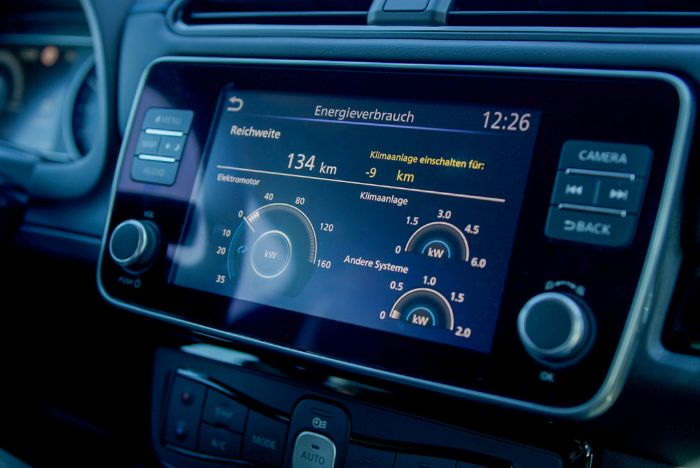Is my e-vehicle battery
in good health?
Batteries are both the beating heart and the Achilles heel of e-mobility. They consume costly resources, are expensive, and have a service life that––at least at present––cannot be measured with precision, but only estimated. Now TÜV SÜD is working on a solution.


Markus Gregor, Product Manager New Energy Vehicle at TÜV SÜD in Munich, helms this field of operation. He and his team have taken a topic that is very much within TÜV SÜD’s core remit––periodic technical inspections for electric vehicles––and turned it into the exciting R&D task of developing a condition check for the e-vehicle battery.
Today, mobility is on the cusp of radical change. As an important component of an electric vehicle, the battery is of special importance. What is the remaining range? How safe is it after an accident? To date, estimating the life of an e-vehicle battery has been anything but an exact science. And yet the battery accounts for around half of the purchase costs of an electric vehicle. This will pose a problem for the growing used e-vehicle market of the future. Those purchasers will benefit enormously from reliable information about battery performance and safety.

Markus Gregor comes from a background in the auto industry. After joining TÜV SÜD in 2020, he embarked on gaining qualifications as an officially recognized expert. He has worked in the field of battery assessment since December 2020 and is a member of the newly established MOTION team, where he heads the Battery State of Health project.
Long life – greater sustainability
Markus Gregor and his team are thus working on a way of establishing e-vehicle batteries’ “state of health”. Their goal is to provide customers with detailed information on their vehicle’s battery. The team aims to provide vehicle owners and purchasers with certainty instead of guesstimates. Details of a battery’s condition and performance play a critical role in determining the value of a vehicle. Not only that: the life of a battery is closely linked with sustainability. Batteries are repositories of valuable resources such as lithium, nickel and cobalt. Given this, monitoring and analyzing their condition throughout their life cycle is particularly important. The longer the battery’s life, the fewer resources are needed over the long term. Given this, batteries should be kept in active use for as long as possible, and that is the aim of Gregor’s battery check.
When the performance history of e-vehicle batteries is known, they can even move on to a second life as stationary power storage units at a precisely defined point in time. Maximum utilization of every phase of their life cycle is a guarantee that they deliver the required sustainability. And if the data show that a battery has reached the end of its useful life and needs to go for recycling, the valuable raw materials it contains can be reclaimed and reused.

